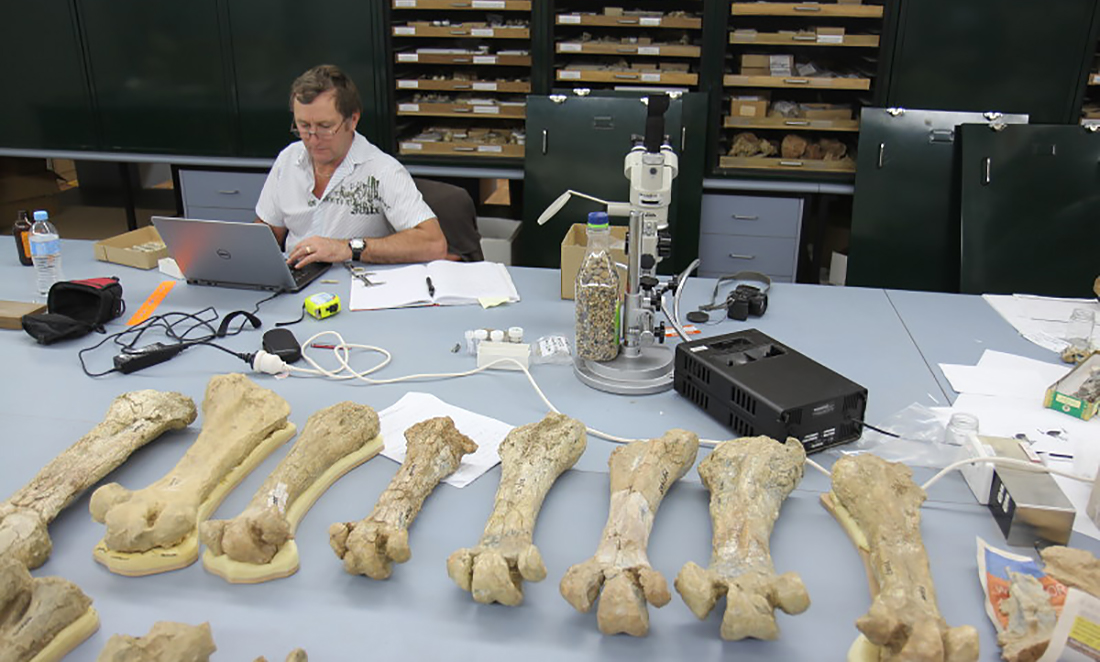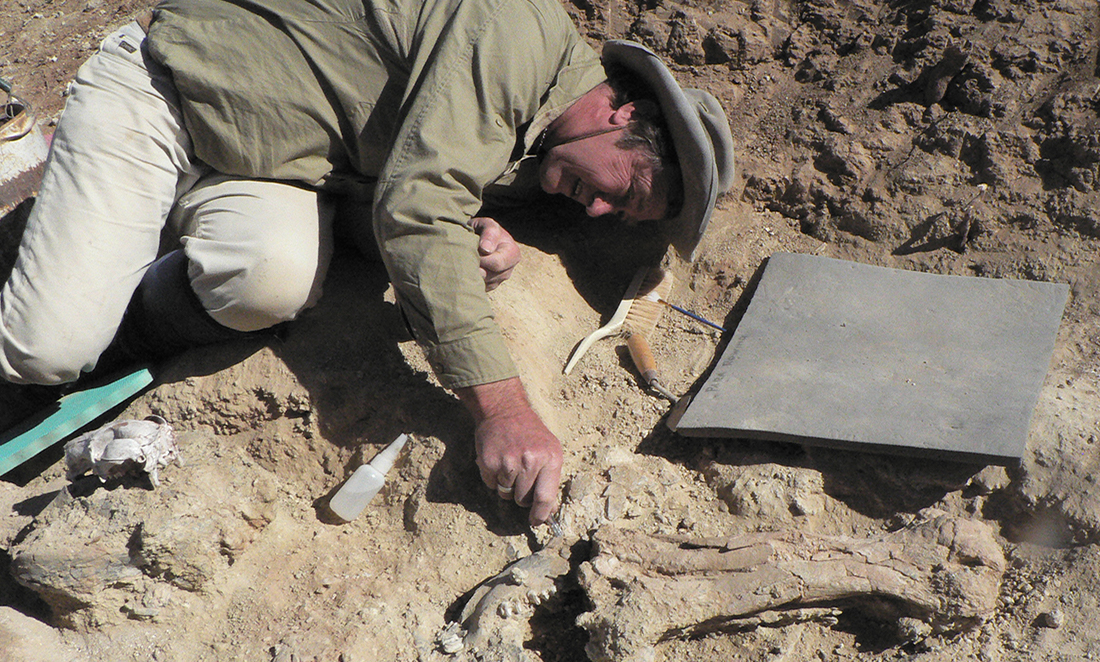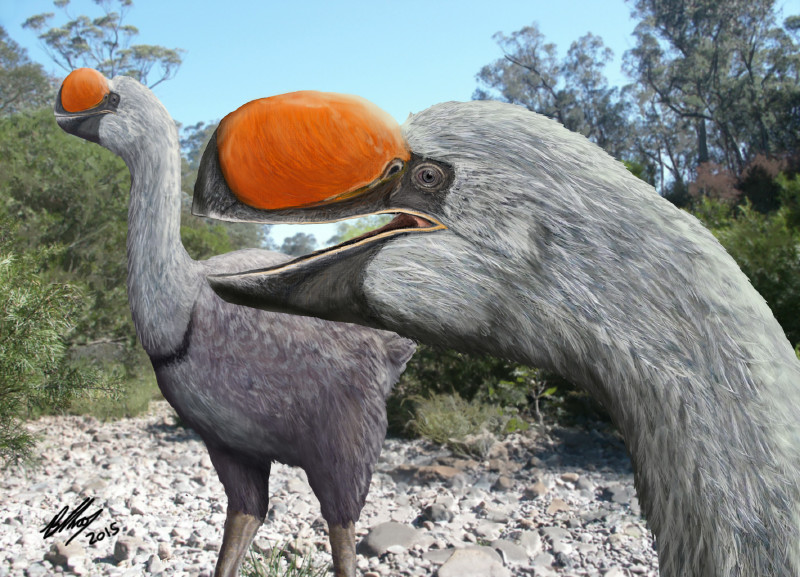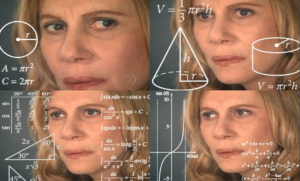Birds come in different sizes and colours. But most birds you see today are tiny chicks compared to the massive feathered beasts that once lived in Australia. Now, a new study unveils the evolutionary history of some of ancient and amazing Australian birds.
Like the horse-sized bird named Dromornis stirtoni. This flightless bird weighed 450 – 650kg and lived in Australia’s Northern Territory 8 – 9 million years ago (MYA).
D. stirtoni was a member of the Dromornithidae or mihirungs. This family of birds lived in Australia 55 million to 50,000 years ago. They probably ate plant leaves and fruits and were likely not very fast runners.
But we didn’t know much about their evolutionary relationships to modern birds—until now.
According to this new study, mihirungs had relatives far, far away from Australia.
New relationships revealed
The study compared the morphology of a large number of extinct and living birds to produce a comprehensive evolutionary tree.
“The most surprising aspect of our study was that the giant mihirungs of Australia are closely related to the giant gastornithids of the northern hemisphere,” says Associate Professor Trevor Worthy, a palaeontologist at Flinders University, who led the new study.

Gastornithids were giant flightless birds that lived in Europe and North America. They went extinct around 50MYA, but their Australian counterparts lived on for millions of years. Researchers think this allowed them to turn into amazing feathered beasts.
“In Australia, these birds not only thrived through the ages, but they evolved into the largest birds ever known and more than twice the weight of the largest gastornithid,” says Trevor.

“This unexpected link shows how important it is to cast the net wider, both geographically and through deep time,” says Elen Shute, a palaeontologist at Flinders University who was not involved in the study.
These fowls are no chicken!
These findings solve a century-old mystery about the evolutionary origins of Dromornithidae.
“They were first thought to be related to ratites like the emu, but then skull material showed this was wrong,” says Trevor.
“Then it was thought they were relatives of waterfowl like the South American screamers and magpie geese,” he adds. But that turned out to be wrong too.
“In our new study, we confirmed that these birds are related to fowl,” says Trevor.
But don’t pigeonhole them into either chickens or waterfowl, he warns.
“Dromornithids represent a whole new group of fowl with markedly differing morphology,” he adds.

“This is an exciting and quite novel finding,” says Paul Scofield, Senior Curator of Natural History at New Zealand’s Canterbury Museum.
“It teaches us that whole groups of amazing and bizarre birds related to chickens and ducks (but quite different) once lived alongside the birds we know today,” he says.
“These novel relationships will help us understand the evolution of modern birds. They will also provide new insight into what ancestral birds looked like,” Trevor says.









